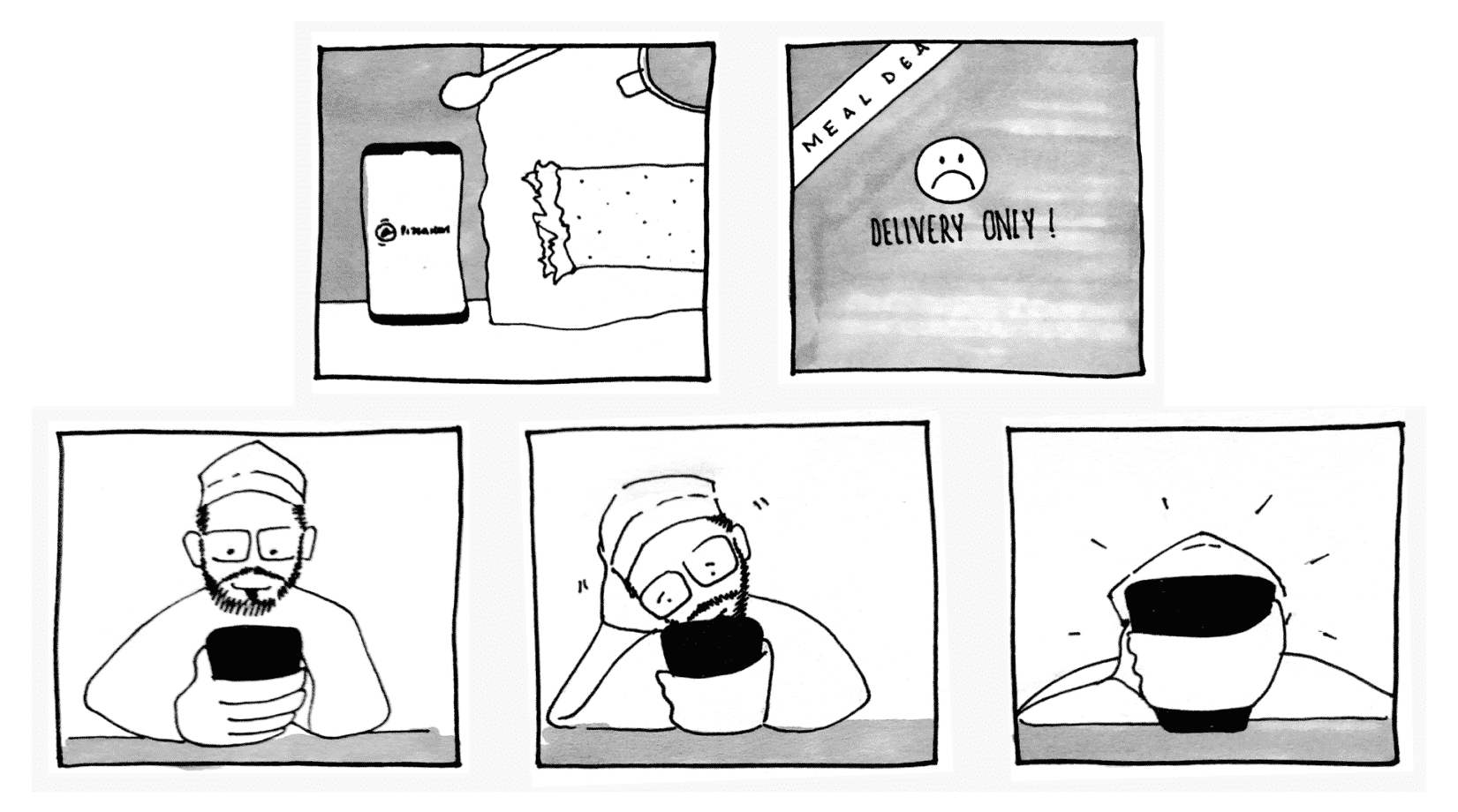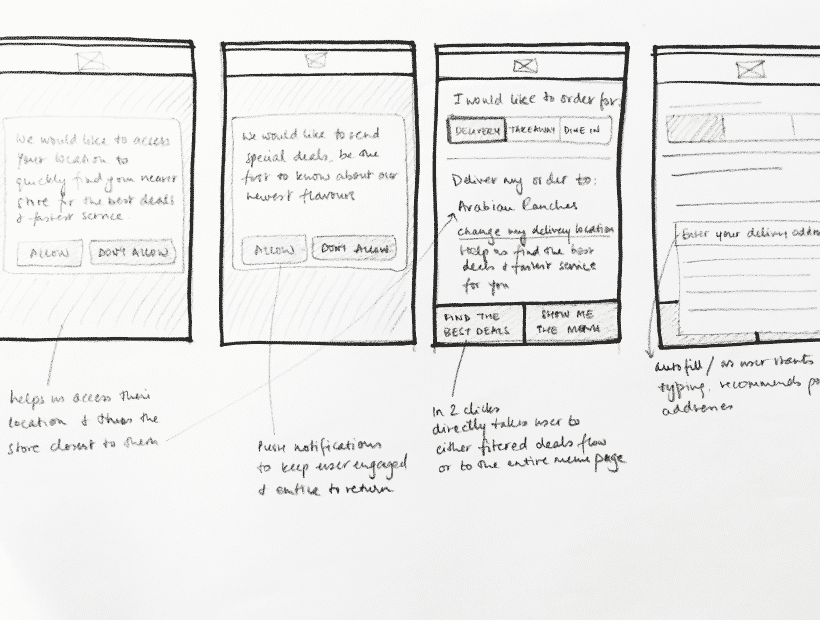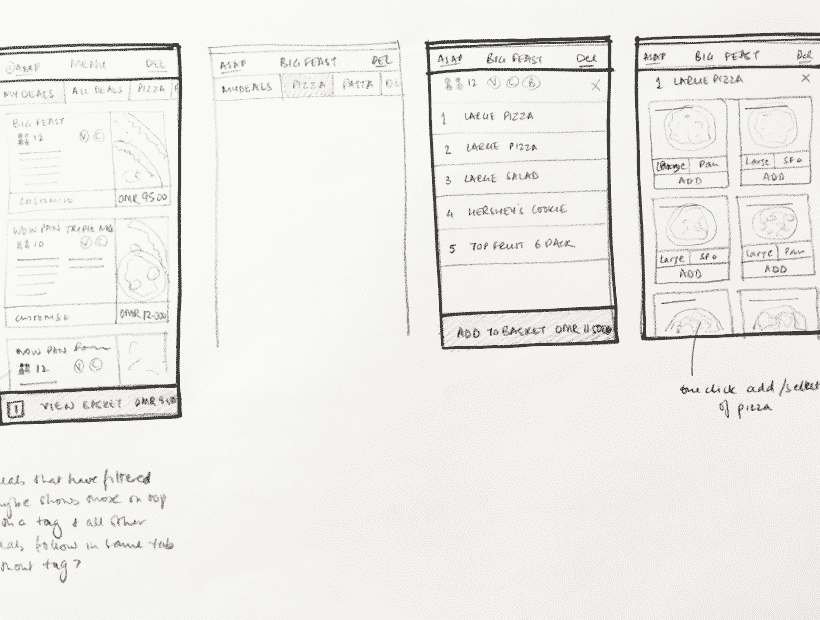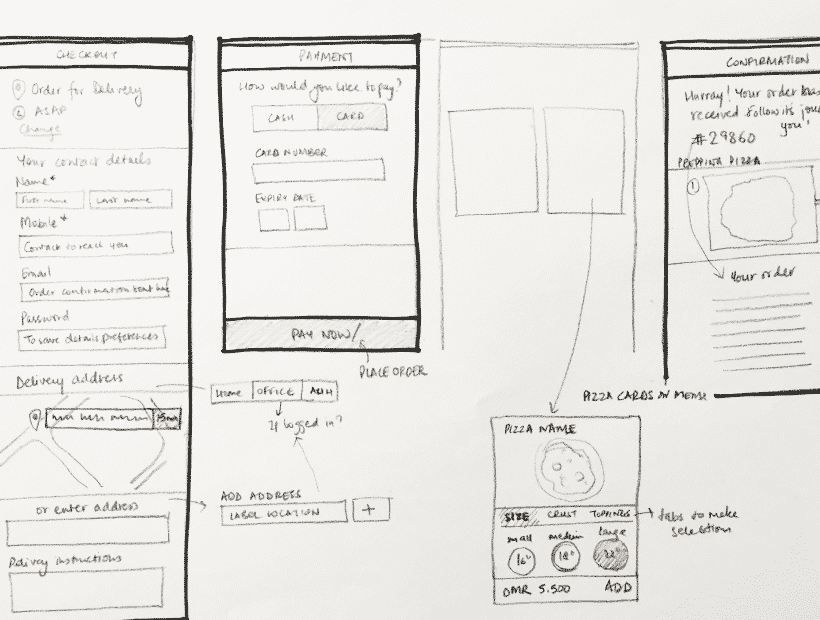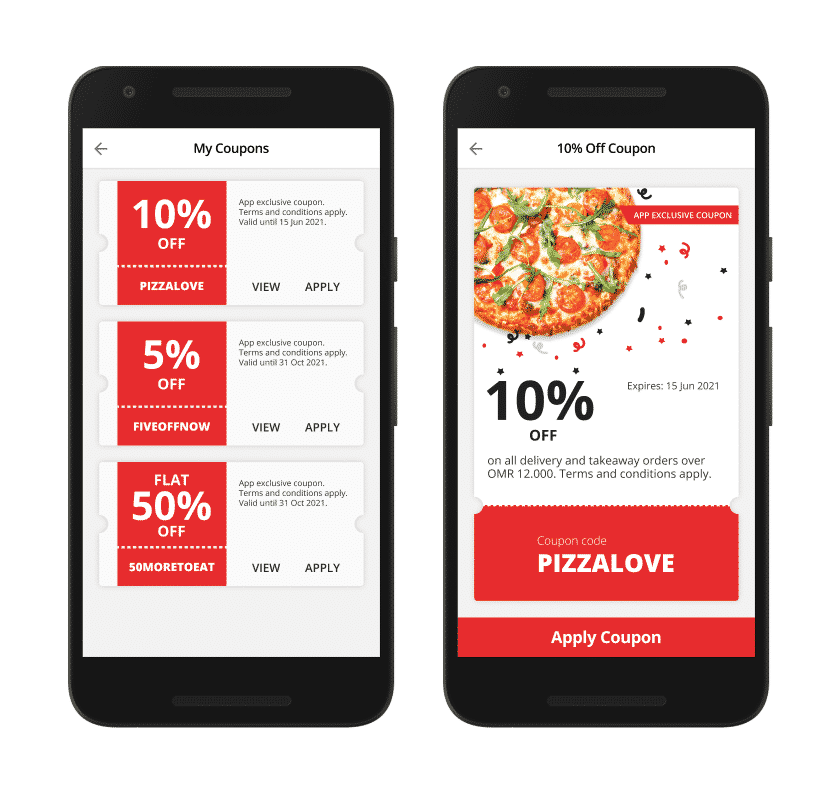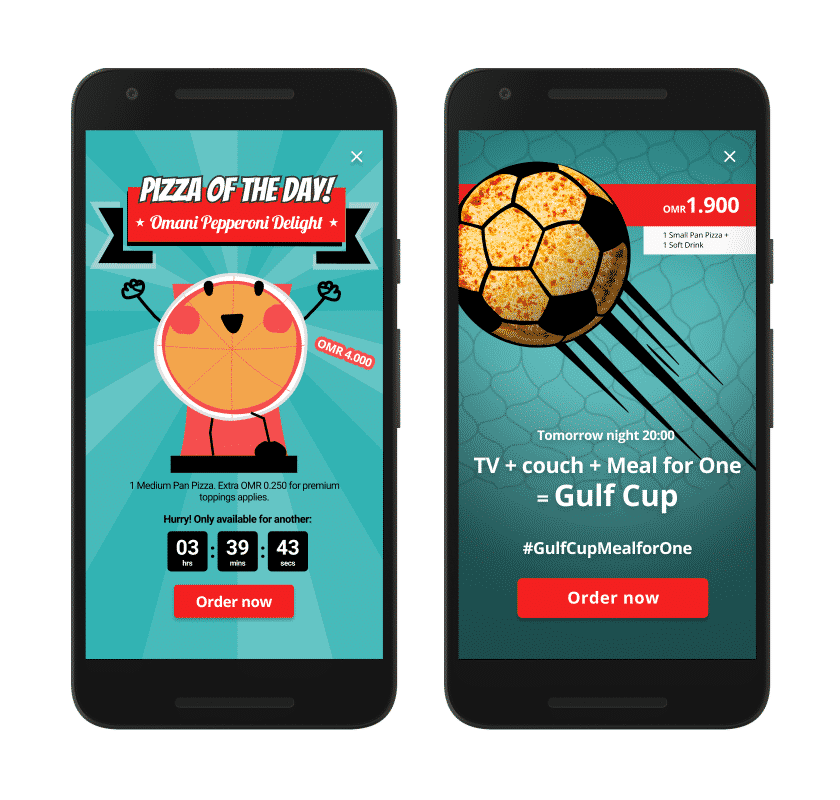What was it all about?
Pizza Hut in the Middle East region were looking to facilitate user-friendly, quick and easy ordering for their customers in the form of a mobile application. The ultimate business goal here was to increase existing return customers, as well as provide an ordering experience such that the order frequency and quantity increased.
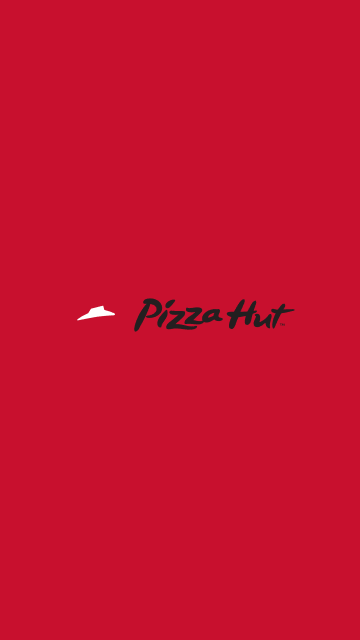
Project Team
1 Delivery Manager, 1 Product Manager, 1 UX/Visual Designer, 2 Visual Designer, 1 Front-End Developer, 5 Back-end Developers, 2 QA Engineers.
My Role
I was brought into this project to create the Design strategy for the RFP to be presented to Pizza Hut. I pitched and represented Design for the RFP presentation.
Design Strategist :: Conducted user, product, and market research (all specific to the Middle East region). Established the current journeys of the personas today and the challenges and opportunities. Followed by big ideas that would act as differentiators for Pizza Hut and thus bring them closer to their project goal.
Lead UX Designer :: Complete user experience design of the product from ideation to completion.
Visual designer :: Using Pizza Hut's FCDS Design Language as a starting point, designed the landing, ordering and checkout experience for the pitch and later the end-to-end experience for the actual implementation.
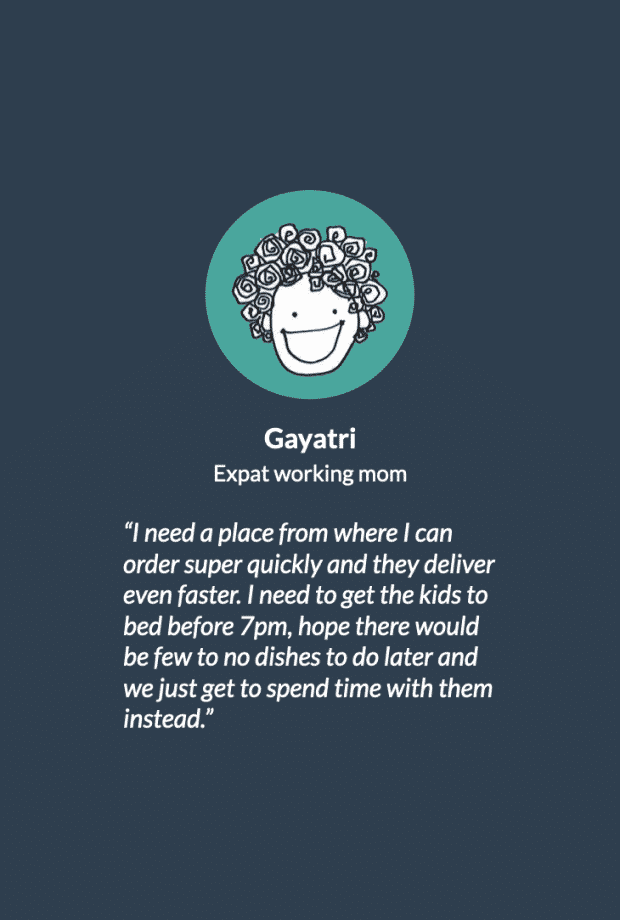 Gayatri | Expat working mom
Gayatri | Expat working mom
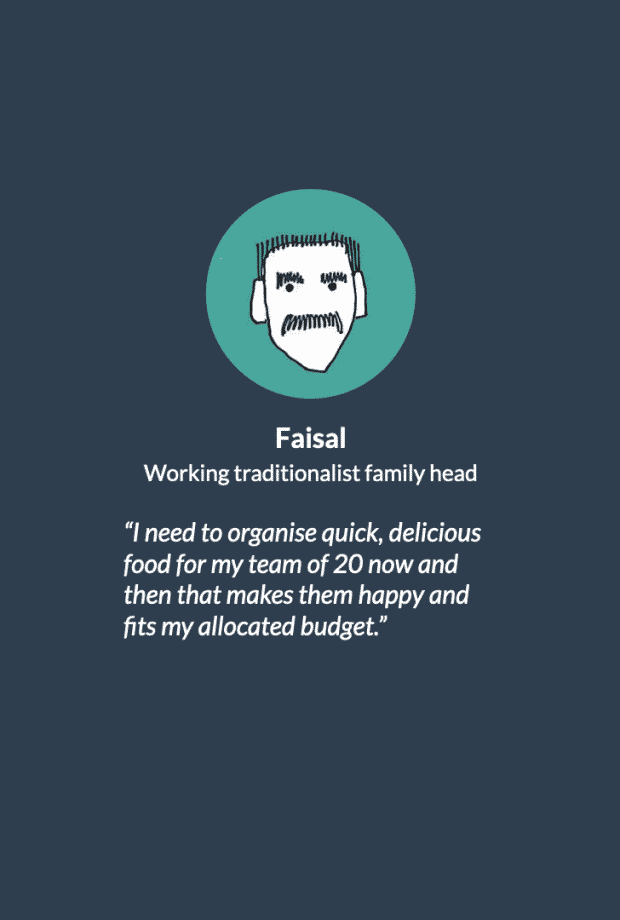 Faisal | Working family head
Faisal | Working family head
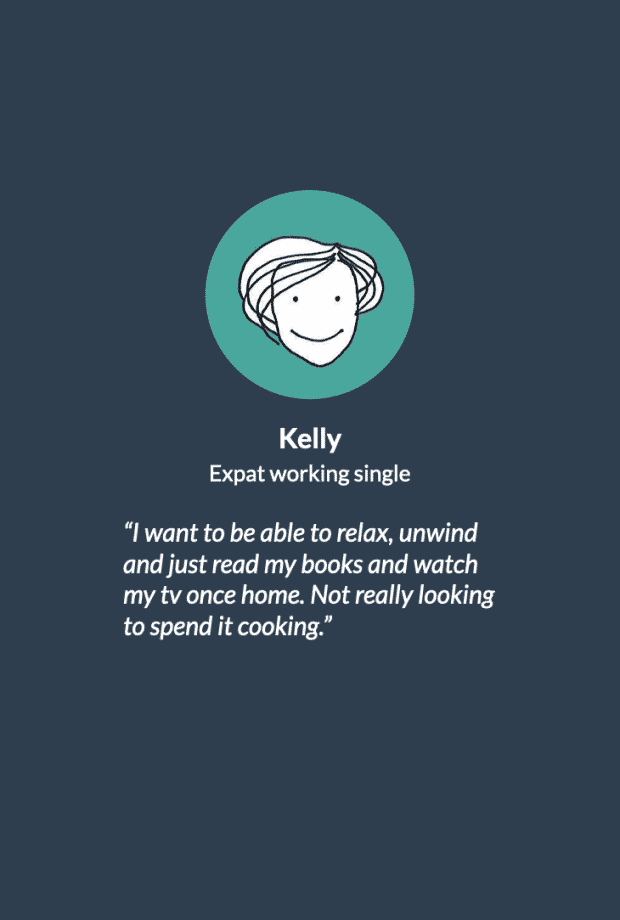 Kelly | Expat working single
Kelly | Expat working single
 Mohammed | College student
Mohammed | College student

